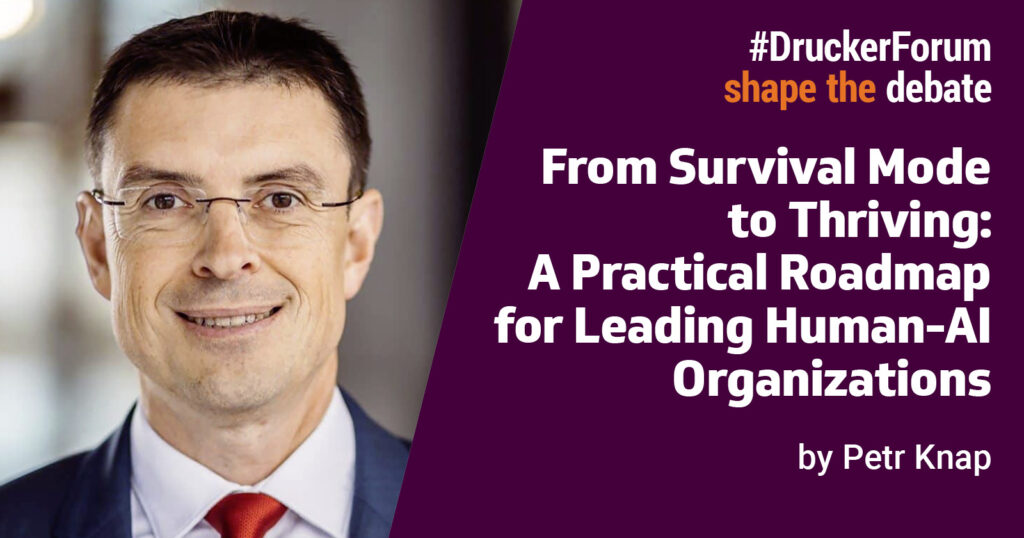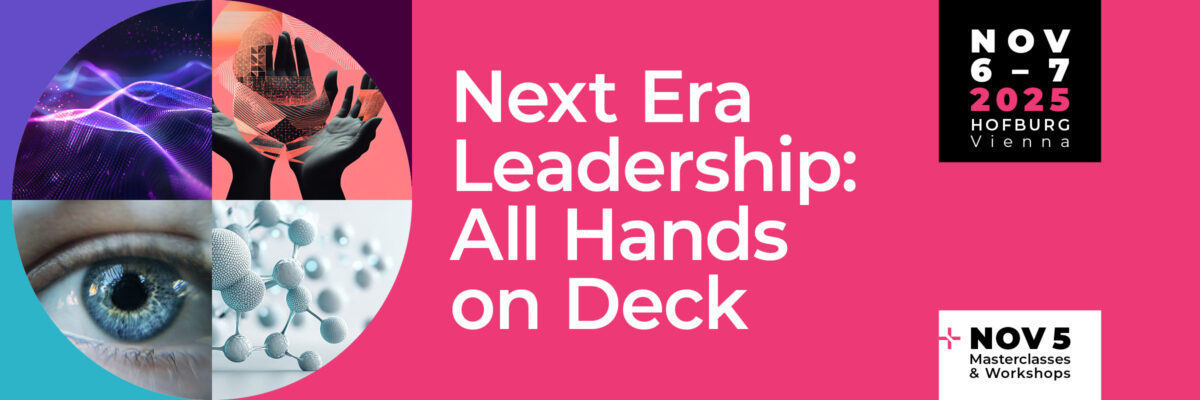
Europe’s 13% employee engagement rate in 2024 is a radical wake-up call. As AI agents proliferate and reshape work, organizations face a choice: continue extracting value from disengaged humans or build environments where people and AI flourish together.
The question isn’t whether to embrace AI, but how to do it while keeping humans at the center. This means redesigning organizational processes and structures, as well as technologies.
Start Where Innovation Already Lives
McKinsey research reveals that 90% of employees already use AI tools, but only 13% work for organizations they consider early adopters. The gap isn’t technological – it’s organizational and cultural. Smart leaders don’t mandate AI adoption from the top; they find where it’s already working and nurture it.
Haier, the Chinese appliance giant has transformed from traditional manufacturer to AI-powered digital business ecosystem. They didn’t impose AI solutions company-wide. Instead, they empowered their 4,000+ micro-enterprises to experiment with AI tools that solved real customer problems. Teams began using predictive analytics for inventory management, AI-powered customer service, and smart manufacturing optimization since these tools helped them serve customers better. This approach was well aligned with their decentralized structure and zero-distance mindset.
However, the key question remains: how can organizations practically implement this approach in real organizational settings? An organic adoption pattern may offer an alternative bottom-up approach to organizational AI implementation.
AI Implementation Framework
Effective AI implementation frameworks are well aligned with human-centric decentralized organizations. I call them PACE organizations – Proactive, Adaptive, Conscious, and Empowered. Here are ideas for how to build sustainable implementation momentum for AI technologies supporting a bottom-up process:
Phase 1: Identify and Amplify
- Map where employees are already using AI tools informally and encourage them
- Document specific business outcomes from these experiments
- Create showcase sessions where teams demonstrate their AI-human collaborations
Phase 2: Create Enabling Infrastructure
- Establish cross-functional AI councils with front-line representation
- Develop human-AI collaboration guidelines, not rigid policies
- Invest in interpretable AI tools that explain their decisions
- Prioritize areas where the biggest business impact can be expected
- Set up rapid experimentation budgets controlled by business teams, not IT
Phase 3: Scale Through Trust & Business Value
- Implement peer-to-peer AI training programs showing successful human-AI teams
- Build feedback loops between AI tool users and organizational leadership. Stress the learning aspect of the new initiatives
These phases work best in organizations already structured around human-centric principles.
The Implementation Reality
Organizations like Nucor (US steel), Handelsbanken (Swedish banking), and W.L. Gore (US materials) demonstrate these core [1] principles – decentralized decision-making, transparency and human focus –which create natural foundations for effective AI integration.
At Nucor, autonomous steel production teams use AI for production scheduling optimization, reducing manual hours by 80% with full operational autonomy. At Handelsbanken, branch teams leverage AI analytics for data-driven banking decisions while preserving local authority. At W.L. Gore, self-organizing design teams collaborate with AI tools for PPE material optimization, choosing their own AI partnerships.
The common thread isn’t the specific tools – it’s the organizational design that puts humans in control of their AI partnerships and supports a smooth and friendly adoption of AI.
Making It Real: Three Implementation Principles
- Start a “Gardener’s Fund”: Allocate a reasonable budget quarterly for teams to experiment with AI tools they choose. Require only brief outcome reports focused on customer value, not detailed justifications.
- Flip the Approval Process: Instead of requiring permission to try AI tools, require teams to explain why they’re NOT experimenting. Always check first the possibility of “hiring” rather than automatically looking for an external hire.
- Measure Human-AI Synergy: Track team engagement alongside productivity metrics. Teams effectively collaborating with AI show both higher performance and higher job satisfaction.
Conclusion: Bottom-Up AI Success
The evidence is clear: bottom-up AI adoption can deliver sustainable integration of new technologies for customer benefits. When decentralized teams control their AI experiments and partnerships, adoption accelerates naturally, and human potential expands rather than contracts.
The technology exists. The organizational structures are proven. The question is whether leadership will create conditions for this collaboration to flourish. PACE organizations demonstrate how to adopt AI while staying deeply human.
About the author:
Petr Knap is a business consultant, investor, and mentor with 30+ years’ experience working with multinational clients. He developed the PACE model of human-centric organizations. Petr recently co-founded knowdroids.ai SE, delivering B2B AI agents. He actively lectures, publishes and promotes post-bureaucratic organizations.


I really loved reading “From Survival Mode to Thriving: A Practical Roadmap for Leading Human-AI Organizations”—it offers such valuable insights on adapting, innovating, and excelling in the age of AI.